- Joined
- 18 June 2009
- Messages
- 1,412
- Reaction score
- 2,494
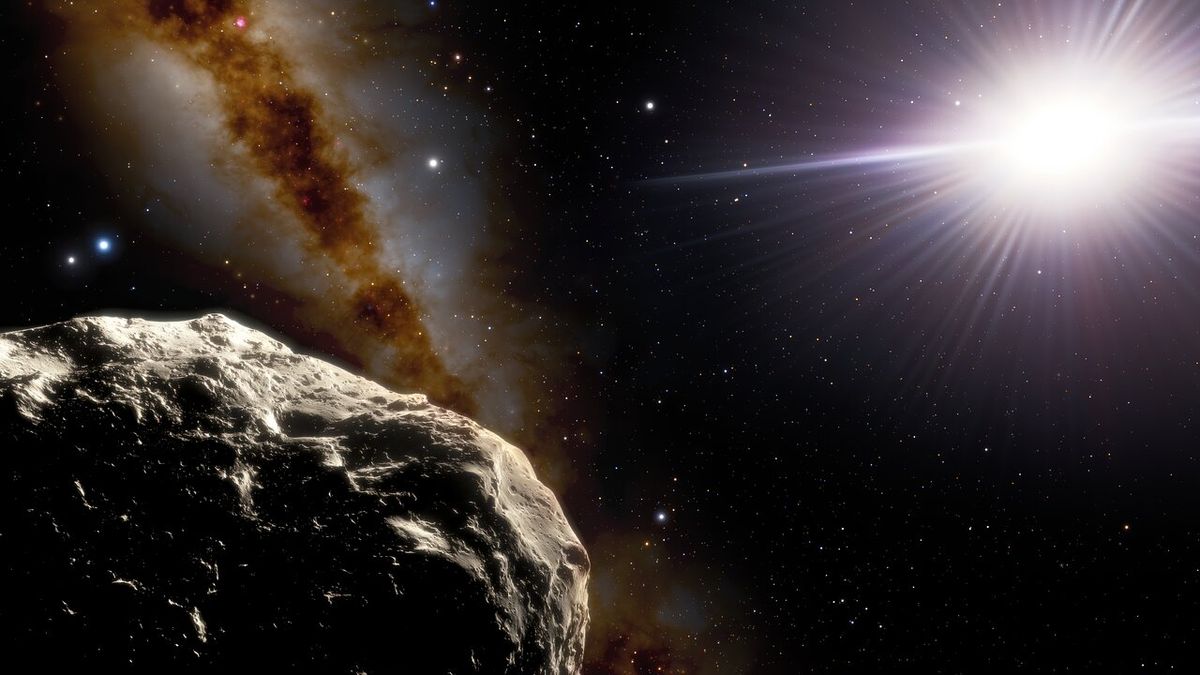
Last year in August, a surprise tsunami in the South Atlantic Ocean mushroomed to distances over 10,000 kilometers (more than 6,000 miles) away, rippling through the North Atlantic, the Pacific, and the Indian Oceans.
As it turns out, however, this tsunami wasn't just the product of a single 7.5-magnitude earthquake. A fresh look at the seismological data suggests it was actually a series of five sub-quakes, and in their midst, was hiding a much larger and shallower rumble that was probably what set loose the global tsunami.
This 'invisible' third quake struck just 15 kilometers below the Earth's surface at a magnitude of 8.2. Yet in the crowd of quakes, our monitoring systems completely missed it.
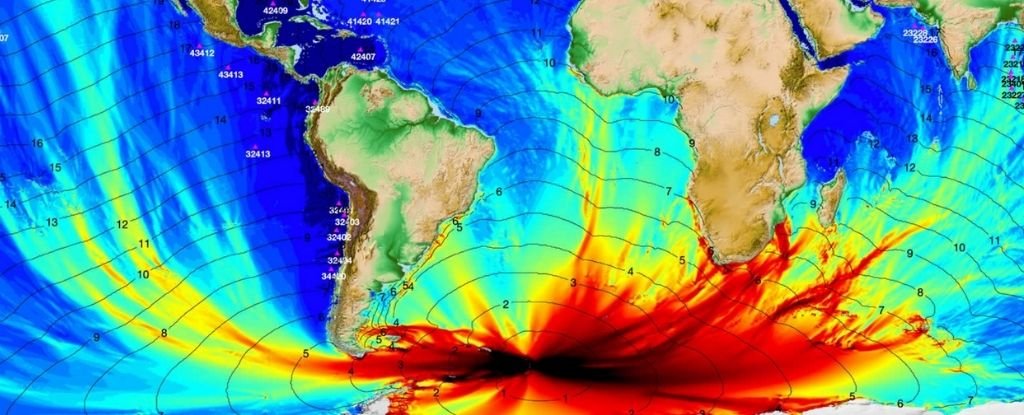
The simulations, which were unveiled at Durham university, show how our part of the universe evolved from the Big Bang to the present and provide proof that the current theories to explain the forces that shape the cosmos are on the right lines.
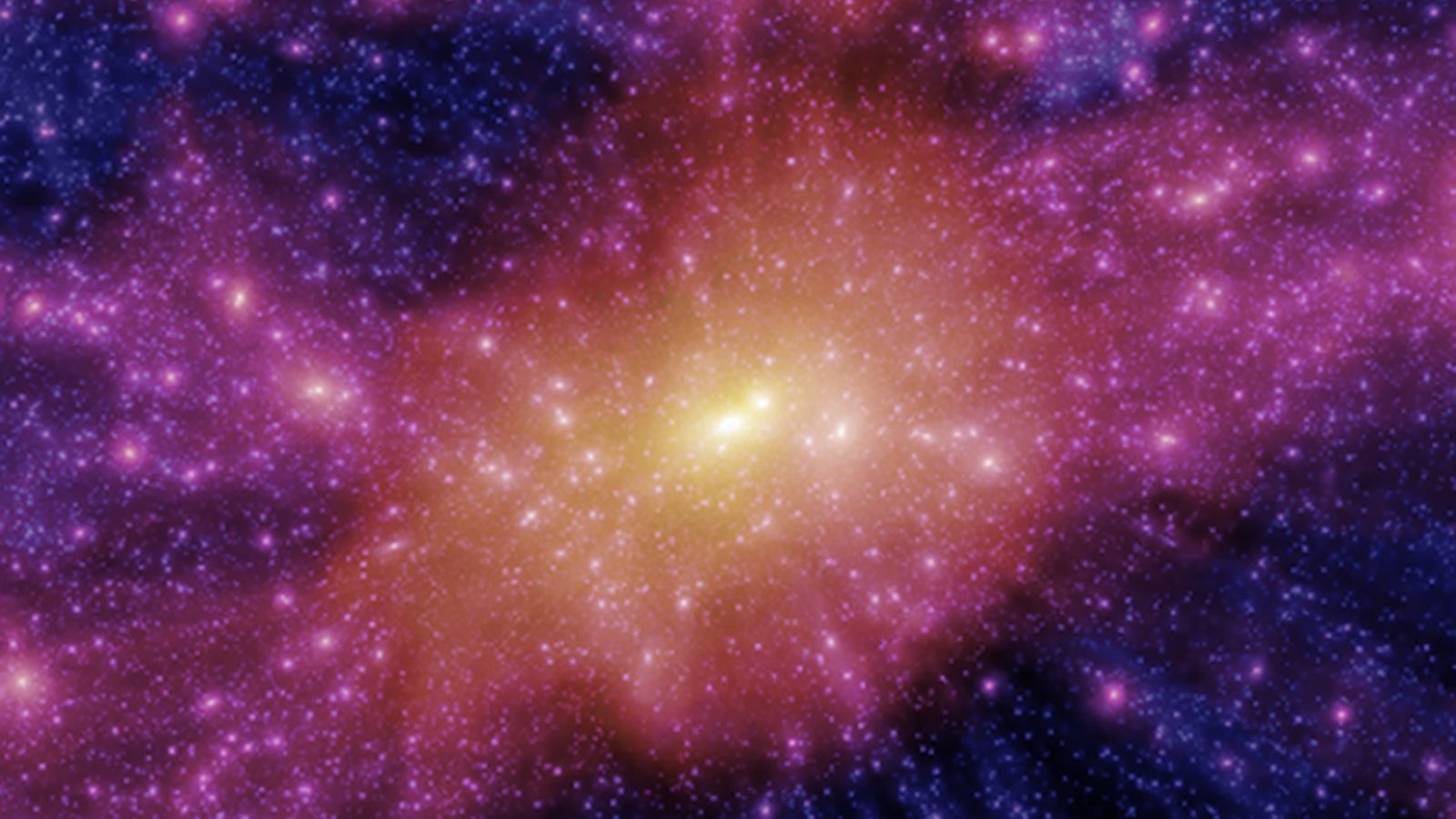


Pretty substantial even if it is one the lightest found so far - a quarter the mass of Earth is two and a half times the mass of Mars. It's a fascinating system with two other confirmed planets, one about Earth mass in the habitable zone, a super-earth or gas dwarf with what looks like a big ring system farther out, and at least one dust/asteroid belt. Obviously a target for exploration!Ultralight Planet Found Next Door (ESOcast 250 Light)
This is Proxima d.

Scientists discover new planet orbiting nearest star to solar system
Proxima d is the third planet to have been spotted circling Proxima Centauri four light years awayamp.theguardian.com
PONG knob broke! Still have to watch for flares at Proxima-maybe here too.
The planet was detected in the star's "habitable zone", where it's neither too cold nor too hot to sustain life.

Last year in August, a surprise tsunami in the South Atlantic Ocean mushroomed to distances over 10,000 kilometers (more than 6,000 miles) away, rippling through the North Atlantic, the Pacific, and the Indian Oceans.
As it turns out, however, this tsunami wasn't just the product of a single 7.5-magnitude earthquake. A fresh look at the seismological data suggests it was actually a series of five sub-quakes, and in their midst, was hiding a much larger and shallower rumble that was probably what set loose the global tsunami.
This 'invisible' third quake struck just 15 kilometers below the Earth's surface at a magnitude of 8.2. Yet in the crowd of quakes, our monitoring systems completely missed it.

Mystery Tsunami That Spread Around The World in 2021 Can Finally Be Explained
Last year in August, a surprise tsunami in the South Atlantic Ocean mushroomed to distances over 10,000 kilometers (more than 6,000 miles) away, rippling through the North Atlantic, the Pacific, and the Indian Oceans.www.sciencealert.com
Fun fact: You can add 'Harry Potter and the' to any scientific paper. For instance, the one this links to is 'Harry Potter and the Relentless and complex transits from a planetesimal debris disc.'Life could exist on planet orbiting 'white dwarf' star
The planet was detected in the star's "habitable zone", where it's neither too cold nor too hot to sustain life.

Life could exist on planet orbiting 'white dwarf' star
Experts may have detected a planet in the habitable zone of a nearly dead star called a white dwarf.www.bbc.co.uk

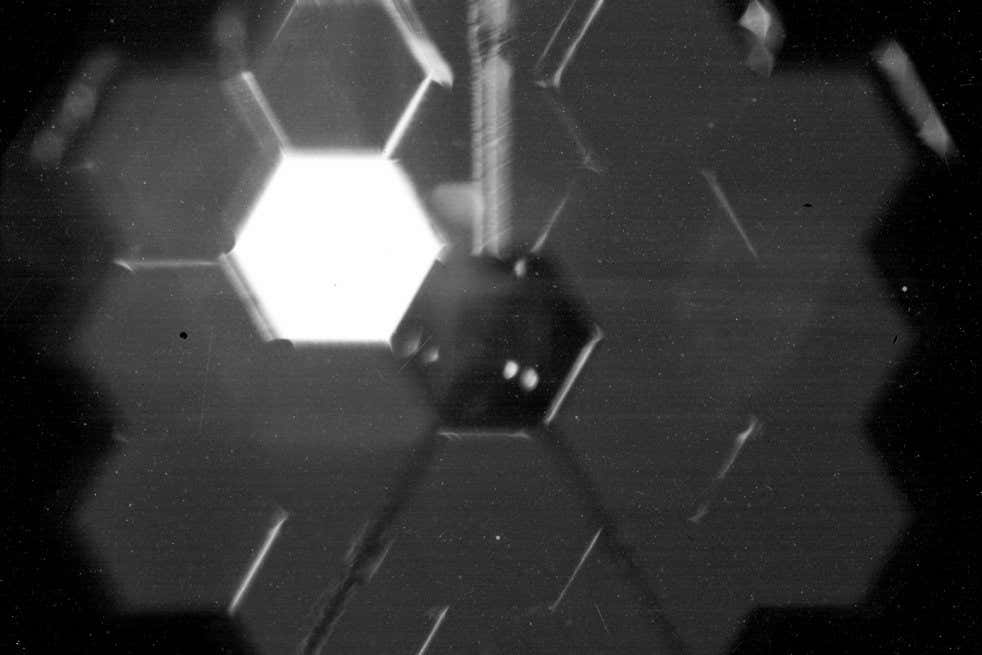
The LARGE ASYMMETRIC FAIRING for Atlas V (above)—described by Scott is astonishing. I would think the pitch loads and bending moments would tear it off. That makes me think a Falcon Heavy could launch the Icarus from PLANET OF THE APES.
A trans-neptunian object has been discovered using the Vatican Advanced Technology Telescope!
The object was discovered on Dec. 3, 2021 – Jesuit Richard Boyle made the first observations, and analysis was done by Lithuanian astronomer and astrophysicist Kazimieras Černis.
Peter Veres of the IAU’s Minor Planet Center calculated the object’s orbit using these and subsequent observations by Boyle; Peter also happens to be an alumnus of the 2007 Vatican Observatory Summer School!
The object has an orbital period of 286.98 years, with a perihelion of 35.26 AU, and an aphelion of 51.76 AU; as of this writing, it is 35.27 AU from the Sun – very close to perihelion.
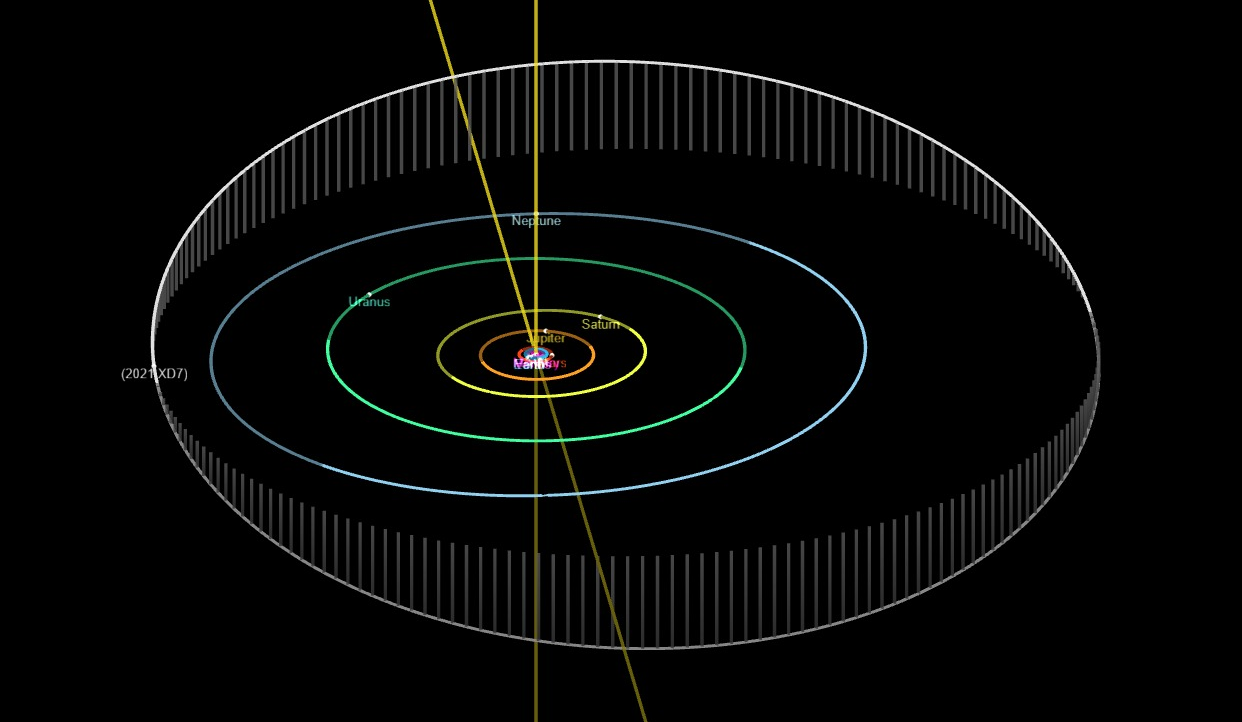
the Vatican Advanced Technology Telescope
There’s a Sky at Night episode about their observatory, it was on a number of years ago now.the Vatican Advanced Technology Telescope
The whaaaaaaaat ?
There’s a Sky at Night episode about their observatory, it was on a number of years ago now.the Vatican Advanced Technology Telescope
The whaaaaaaaat ?
the Vatican Advanced Technology Telescope
The whaaaaaaaat ?

Interesting. Note iron but water has been suggested for the Uranus and Neptune.
Scientists Claim Earth's Core Is a Weird New State of Matter
Physicists at the Chinese Academy of Sciences determined that the Earth's inner core is in a "superionic sate," technically neither a solid or a liquid.futurism.com
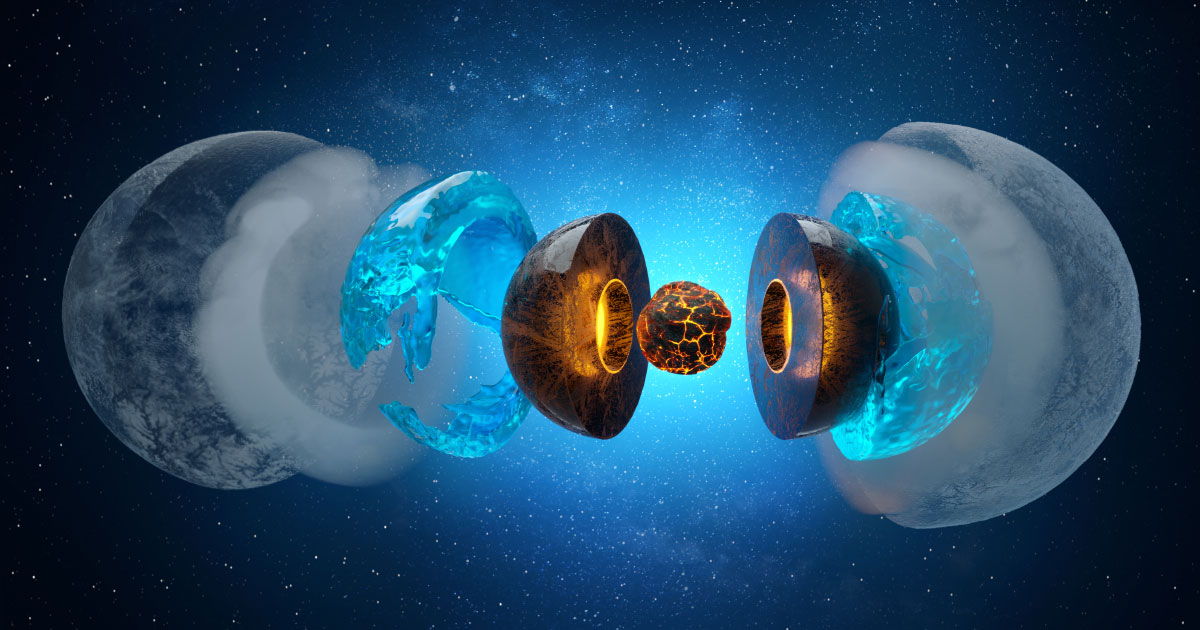
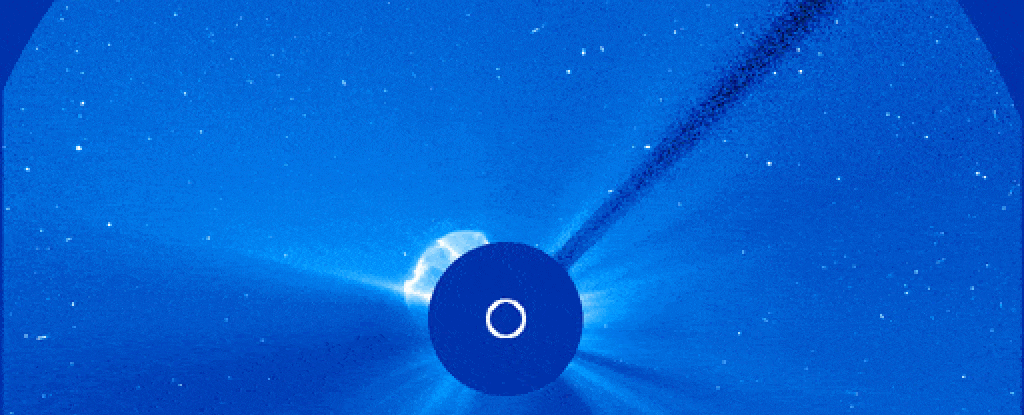
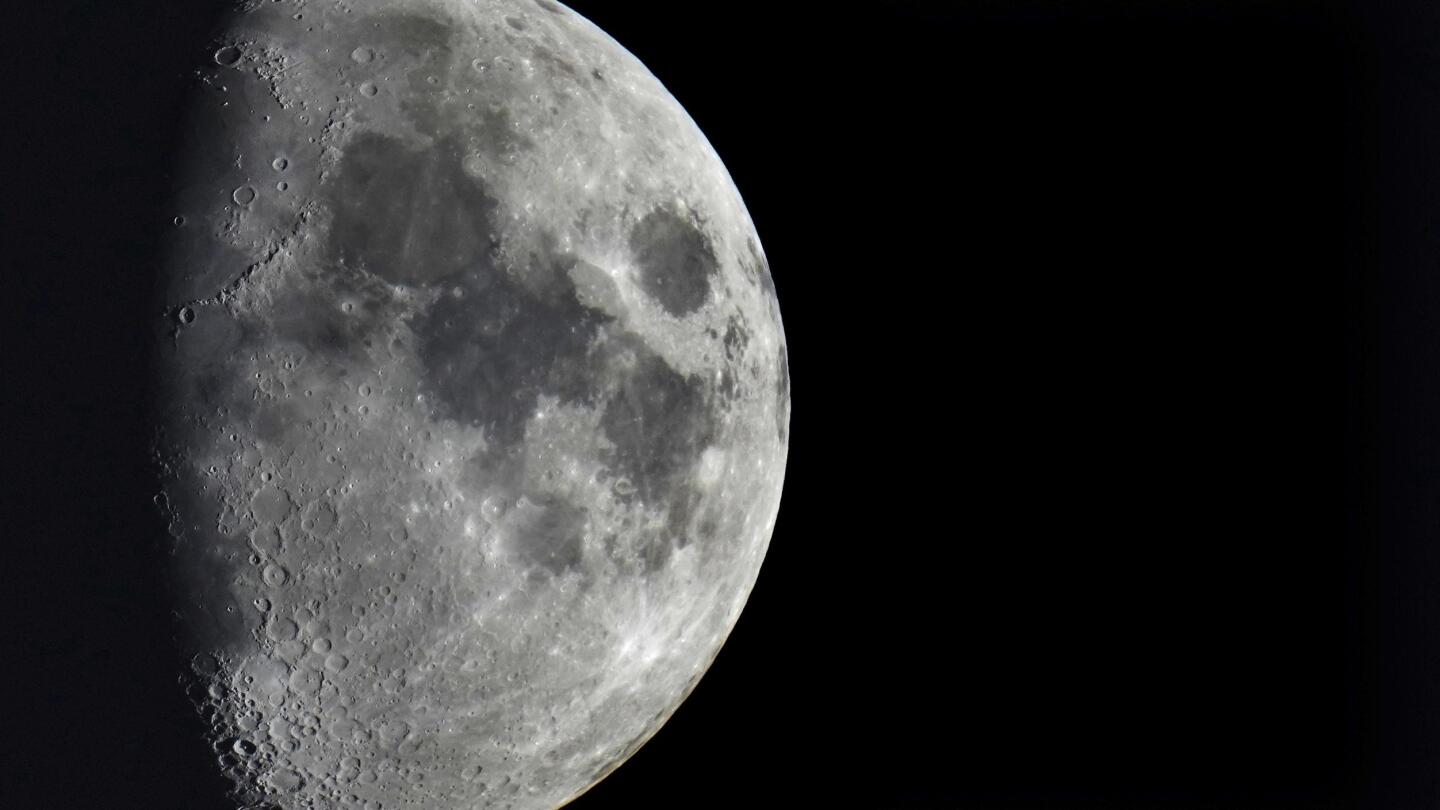
They no longer use black slaves or burn scientists alive to slow the advance of science, but they still have enough power to provoke a second American civil war again. You have to be careful with those guys, they are a Gestalt organism that never dies.There’s a Sky at Night episode about their observatory, it was on a number of years ago now.the Vatican Advanced Technology Telescope
The whaaaaaaaat ?
So much for burning Giordano Bruno and trialling Galileo. "The times they are changin' " as would say Dylan.




